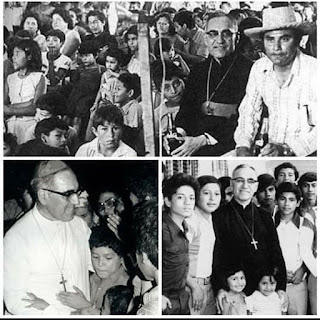State of Exception --- Human Rights Investigations

The US State Department issued its 2023 Human Rights Report on El Salvador this week. From the Executive Summary: Significant human rights issues included credible reports of: unlawful or arbitrary killings; enforced disappearance; torture or cruel, inhuman, or degrading treatment or punishment by security forces; harsh and life-threatening prison conditions; arbitrary arrest or detention; serious problems with the independence of the judiciary; arbitrary or unlawful interference with privacy. There have been numerous investigative reports of the severe violations of international human rights standards occurring during El Salvador's State of Exception and the Bukele regime's "war on gangs." The reports are prepared by a wide range of Salvadoran and international human rights groups. These reports do not deny the reduction in homicides and gang control of territory during the past two years, but they point out the cost of the State of Exception. Here are 13 of





